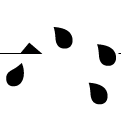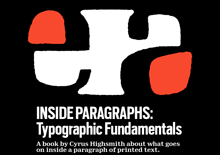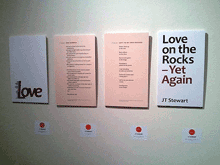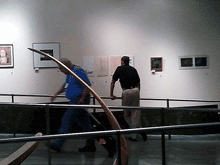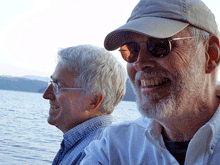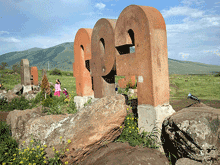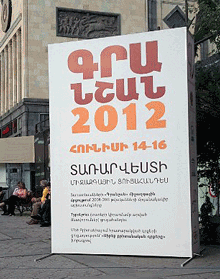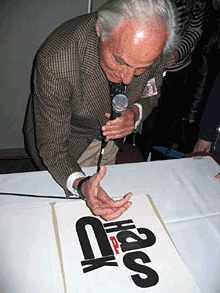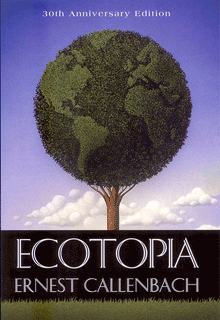In less than two weeks, I’ll be in Hong Kong, for this year’s ATypI conference, which is being put on with the cooperation of the School of Design of the Hong Kong Polytechnic University. This will be the first time ATypI has ever held its conference in Asia; it will also be my first visit to Hong Kong, or indeed to any part of China.
I studied Chinese history while I was an undergraduate at Stanford – when actually visiting China was virtually impossible for a United States citizen, although Hong Kong was then still a British colony and easily accessible. At the time (circa 1970), Stanford’s History department had what amounted to an unofficial mini-department of Chinese history, with several excellent professors, most of whom I took courses from. (The one professor I didn’t take a course from, Mark Mancall, gave a guest lecture for one of the other’s classes, entitled “The Complete History of Relations Between the Russian Empire and the Ch’ing Dynasty, in 45 Minutes – with Flourishes.” The bit I remember most clearly was Mancall’s description of how nervous the Ch’ing court was when they realized that the curious foreigners who had been nosing about China’s western frontiers in Central Asia, and the ones who had been nibbling at her northeastern frontiers in Manchuria, came from the same place; and how relieved the Chinese were when they finally realized just how far away Moscow really was.) Although I have never put that knowledge to practical use, I have a pretty good awareness of the outlines of Chinese history, including the tumultuous 19th century. In college, I read Arthur Waley’s The Opium War Through Chinese Eyes, which is essential background to understanding the founding of Hong Kong. Much more recently, I gained new perspective on the maritime history of southern China when I read Tonio Andrade’s Lost Colony: The Untold Story of China’s First Great Victory over the West, as well as the East Asian parts of 1493, by Charles C. Mann. These are all fascinating and highly readable antidotes to the simpleminded tales that we’re sometimes told in lieu of real history.
The theme of this ATypI conference is “墨 [mò] – between black & white,” which refers directly to the marks of ink on paper as well as alluding to contrast, balance, art, and intellectual pursuits. Naturally, there will be a strong emphasis on the typography of eastern Asia, along with all the usual range of subjects for talks, demonstrations, workshops, and exhibits. There’s still time to register and attend; and this year we’ve adjusted the schedule so that the bulk of the main conference falls on the weekend, to adapt to the common practice in both China and Japan and make it easier for interested typographers and designers from those countries to attend. I’m looking forward not only to visiting Hong Kong but to seeing the impact of Chinese and European typographies upon each other, in the distinctly human form of this professional conference. The conversations in the corridors – the heart of any conference – should be fascinating.

